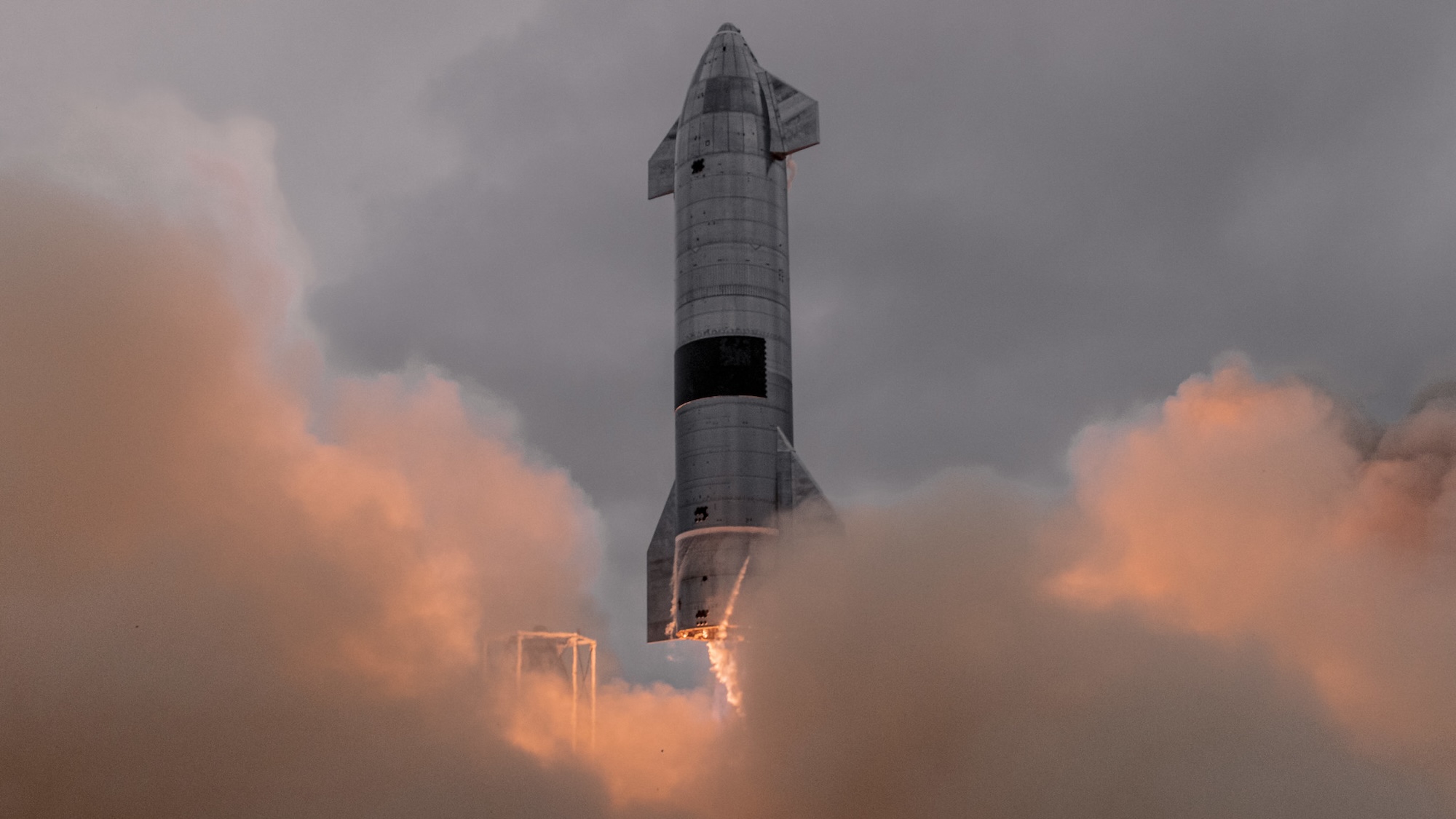

We may earn revenue from the products available on this page and participate in affiliate programs. Learn more ›
SpaceX’s Starship launches at the company’s Starbase facility near Boca Chica, Texas, have allegedly been polluting the local environment for years, possibly in violation of the Environmental Protection Agency’s Clean Water Act. for years. The news arrives in an exclusive CNBC report on August 12, which cites internal documents and communications between local Texas regulators and the EPA
SpaceX’s fourth Starship test launch in June was its most successful so far—but the world’s largest and most powerful rocket ever built continues to wreak havoc on nearby Texas communities, wildlife, and ecosystems. And after repeated admonishments, reviews, and ignored requests, the Environmental Protection Agency and the Texas Commission on Environmental Quality (TCEQ) have had enough.
The issues stem from a complaint filed to the TCEQ just over a year ago on August 6, 2023. The letter reportedly cited 14 separate incidents regarding “environmental impacts from the Facility’s deluge system” stemming from “discharging deluge water without TCEQ authorization.”
Water deluge systems work in tandem with flame deflectors to mitigate the intense heat, energy, and sound that accompany orbital rocket launches. Despite Starship possessing 33 methane- and liquid-oxygen fueled Raptor engines that generate a collective 16.7 million pounds of thrust, such a system was not installed at the Boca Chica Starbase before its first launch, although they are now in place. That test resulted in damages to local endangered species’ nesting and migration sites, as well as a 3.5-acre fire at Boca Chica State Park.
[Related: SpaceX’s Starship launch caused a ‘mini earthquake’ and left a giant mess.]
Ahead of its second launch, SpaceX reportedly bypassed regulatory permit processes regarding pollutant discharge limits, as well as failed to provide detailed explanations on how it planned to treat its wastewater. The EPA issued SpaceX a formal notice of violation on March 13, 2024, but still proceeded with another launch the very next day using the unauthorized water deluge system.
One of the major initial concerns—the wastewater’s mercury content—stems from what experts believe may be egregious typos within SpaceX’s records. Lab reports indicate polluted waters contained 0.113 μg/L of mercury, while subsequent summaries appear to misplace the decimal point to show 113 μg/L. If the former measurement is accurate, then Starship’s wastewater contains roughly 1/17th the legal mercury limit.
This, however, does not explain SpaceX’s numerous other alleged reporting issues, regulatory side steps, and disregard for federal and local concerns. In a blog post last year, environmental engineer Eric Roesch also pointed to previous SpaceX water samples reports that appear to omit measurements for nickel, a toxic metal. Meanwhile, the same chart lists multiple pollutants at concentrations at or above TCEQ and EPA standards, including total suspended solids, cyanide, copper, and chromium.The news comes the same day as the FAA’s announcement that it was indefinitely postponing a series of four public environmental impact assessment meetings. The four scheduled events were focused on Starship’s future test launches at SpaceX’s spaceport near Boca Chica, Texas. SpaceX hoped to receive approval to increase its total number of Starship tests there to 25 annual launches.
“The FAA is seeking additional information from SpaceX before rescheduling the public meetings,” a spokesperson told Popular Science via email on Monday evening.
Local residents near Boca Chica have frequently voiced concerns about potentially dangerous conditions created by the 15-story-tall Starship’s engines. SpaceX’s neighbors have described a liftoff’s deafening noise and physical effects as “truly frightening.” Dust plumes created from the spacecraft’s 16.7 million pounds of thrust have allegedly caused health issues, while bowling ball-sized debris from a launch site’s 25-foot-deep crater has severely damaged vehicles and shattered windows. In April 2024, 27 community and environmental organizations published an open letter voicing anger with the tests while highlighting Starbase’s proximity to indigenous sacred lands.
A fully reusable Starship system is key to SpaceX CEO Elon Musk’s goal of eventually transporting humans to Mars. Before that, however, it is currently scheduled to ferry NASA’s Artemis 3 mission astronauts to the moon sometime in September 2026. It is unclear how or if the charges will affect that timeline for both the private space company and NASA. But even if the timeline remains the same, at least one recent study has raised concerns about the effects of Starship’s massive landing thrusters on surrounding lunar surface conditions.
In a statement posted to Musk’s social media platform following CNBC’s report, SpaceX calls the new allegations “factually inaccurate.”
“Throughout our ongoing coordination with both TCEQ and the EPA, we have explicitly asked if operation of the deluge system needed to stop and we were informed that operations could continue,” SpaceX continued, adding that it remains “committed to working with our local and federal partners to be good stewards of the environment.”
“CNBC sucks,” Elon Musk tweeted in a reply to his company’s statement.
This story is developing…
UPDATE 08/13/2024 9:00AM: This story has been updated to better reflect SpaceX’s water sample reports, particularly regarding wastewater mercury levels. It also now includes statements from the company and the FAA.
